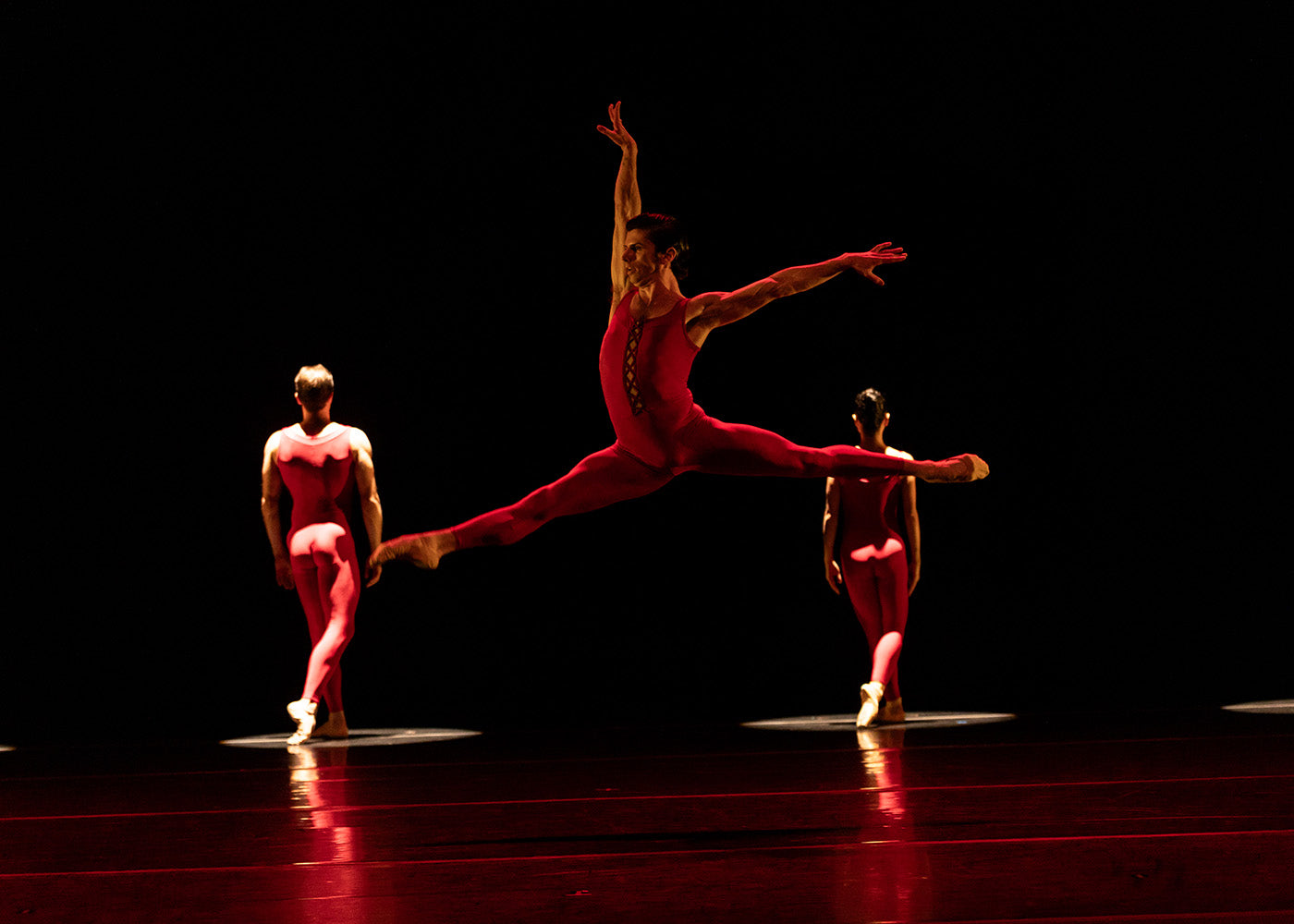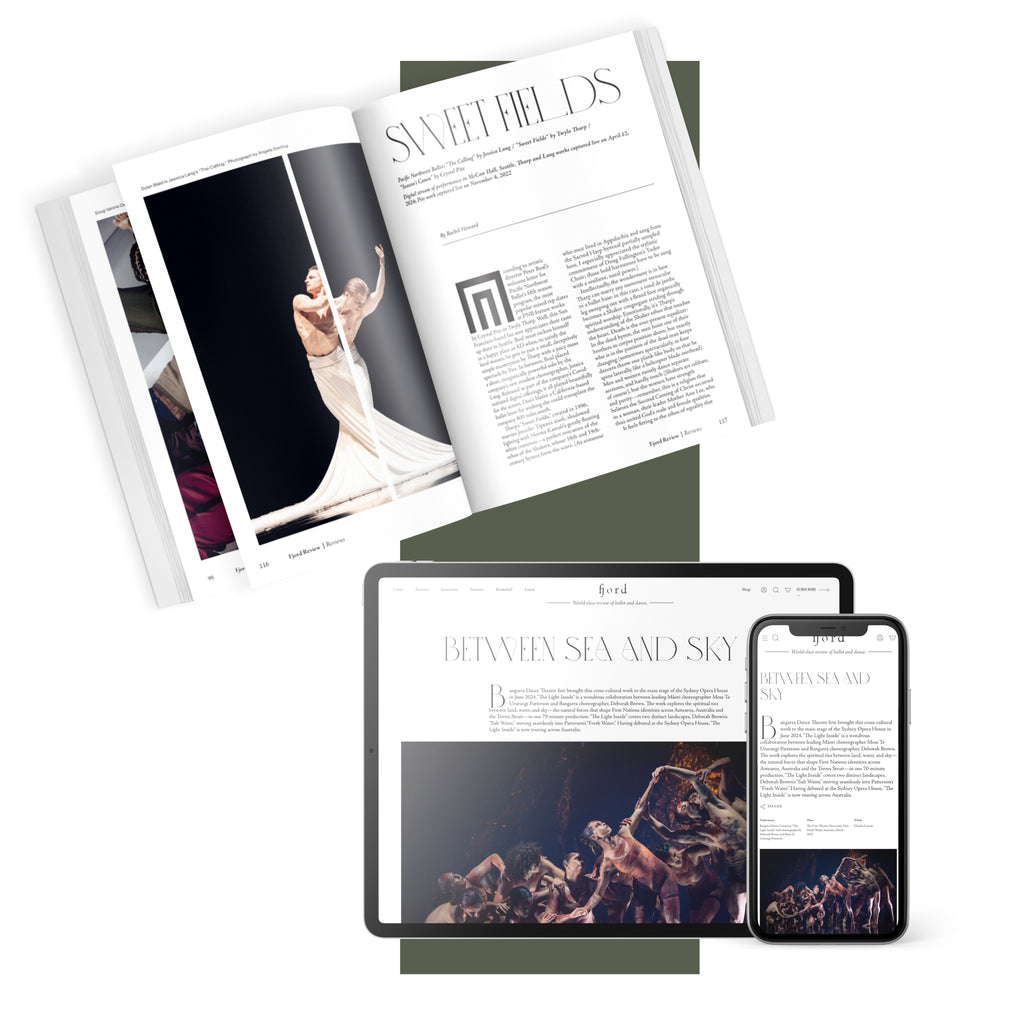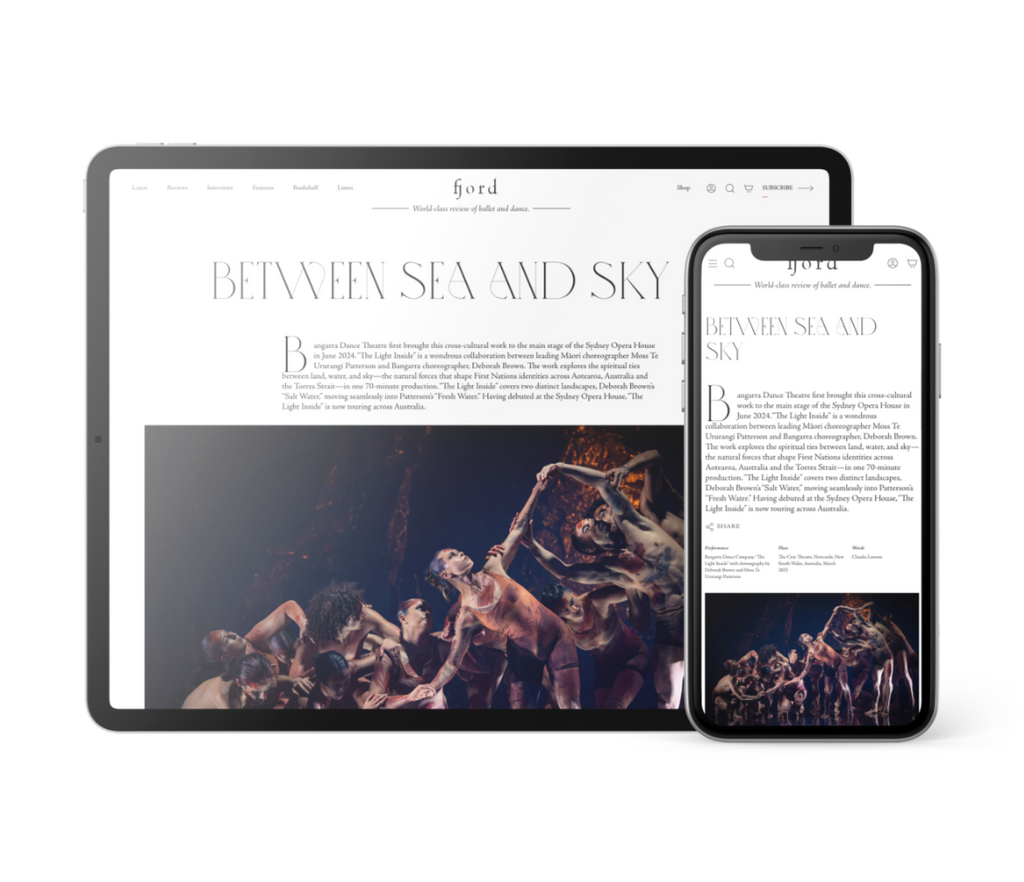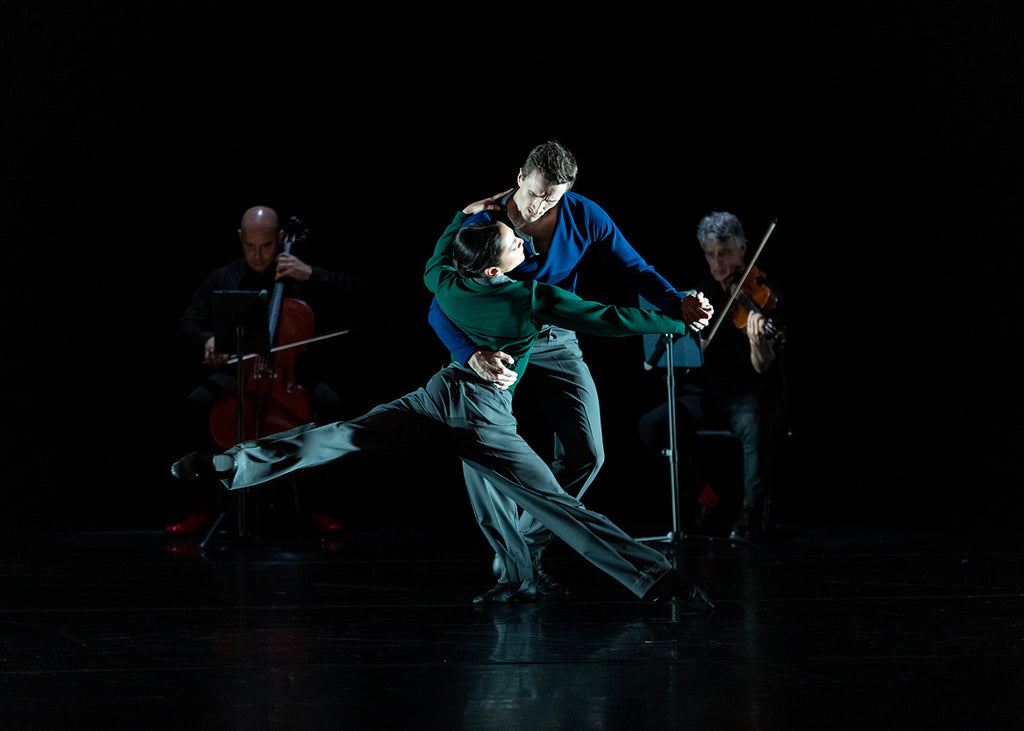Dancing and Screaming Against the Sky
“Profanations,” created by choreographer Faustin Linyekula and music artist Franck Moka, is not a “just” dance piece: it’s a live concert, a cinematic séance.
Plus
World-class review of ballet and dance.
Washington, D.C.’s 100° June weather wasn’t the only thing generating heat in the city. Chamber Dance Project’s 11th annual D.C. summer season production, “Red Angels,” produced its own scorching intensity as one of this summer’s early triumphs.
Founded in 2000 in New York City by artistic director Diane Coburn Bruning and relocated to D.C. in 2014, Chamber Dance Project’s mission has been to bring together soloist-level ballet dancers from major professional companies during their lay-off periods with its own string quartet to produce outstanding dance and music programming.
Performance
Place
Words



“Uncommonly intelligent, substantial coverage.”
Your weekly source for world-class dance reviews, interviews, articles, and more.
Already a paid subscriber? Login

“Profanations,” created by choreographer Faustin Linyekula and music artist Franck Moka, is not a “just” dance piece: it’s a live concert, a cinematic séance.
PlusWhen Alban Lendorf (b. 1989) was four, he became attentive to the piano. As he explained in an interview with Pointe magazine, when his lessons advanced to the learning of a Chopin waltz, his piano teacher suggested he take dance classes to help open up the music. From the school of The Royal Danish Ballet to the company, his career rocketed forward; by the time he turned twenty-one, he was a principal dancer, still playing the piano and testing a latent gift for acting.
PlusMarie Antoinette is not an entirely sympathetic character. Her penchant for luxury and extravagance—and the degree to which she was out of touch with the lives of the majority— made her a symbol of the wealth disparity that prompted the French Revolution.
PlusAscending the Guggenheim Museum's rings through Rashid Johnson's retrospective, “A Poem for Deep Thinkers,” is a dance in of itself.
Plus
comments